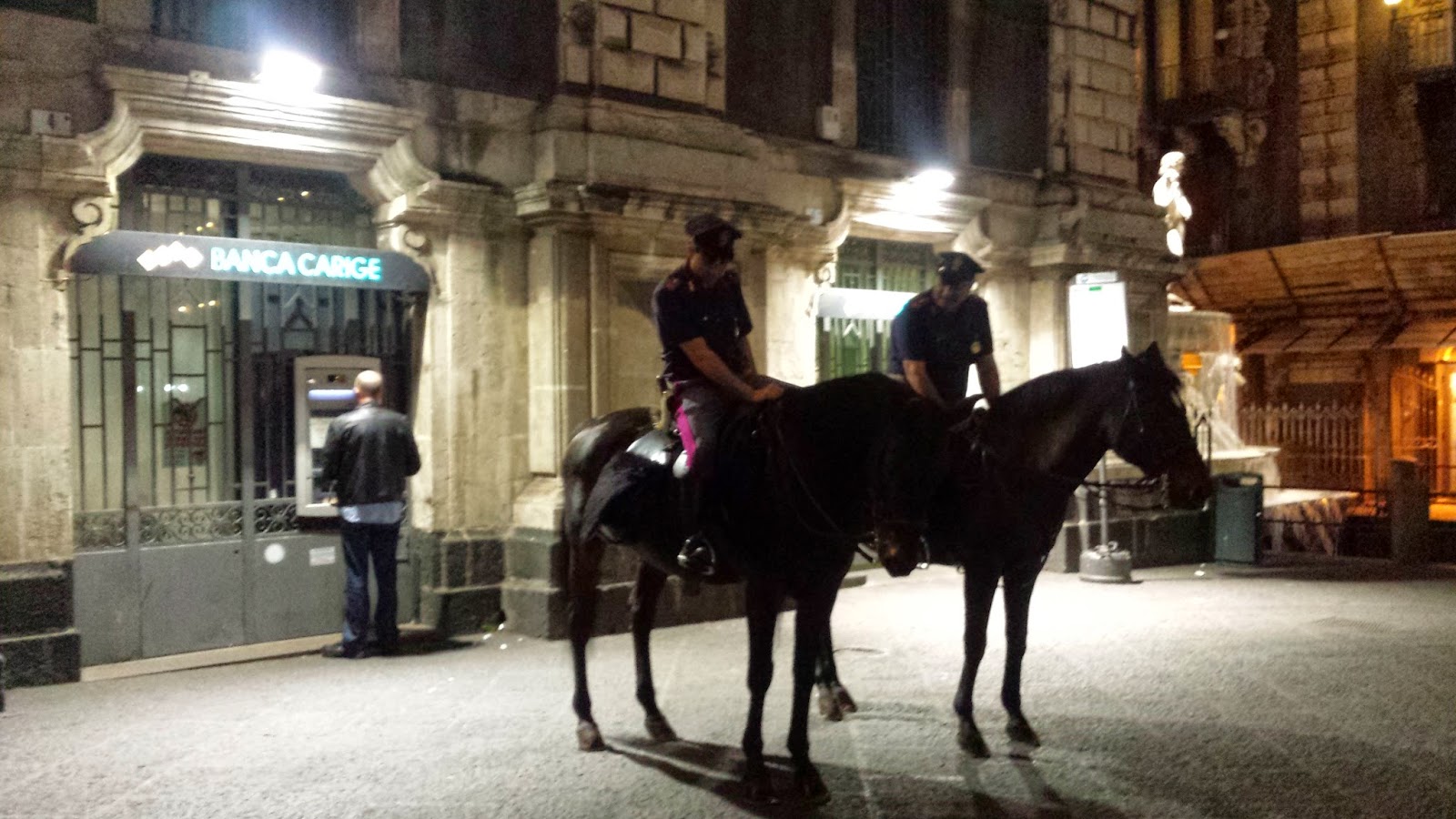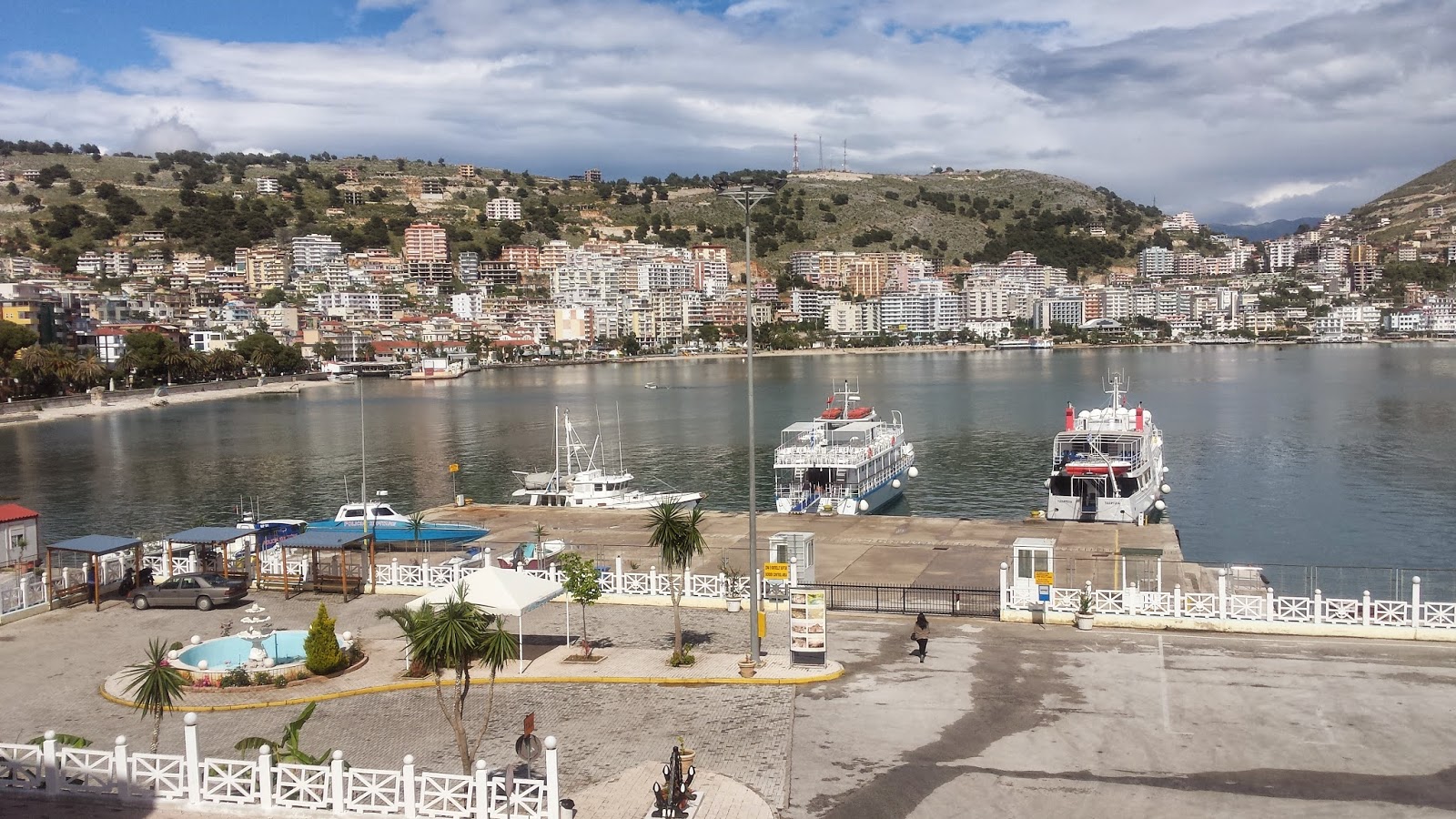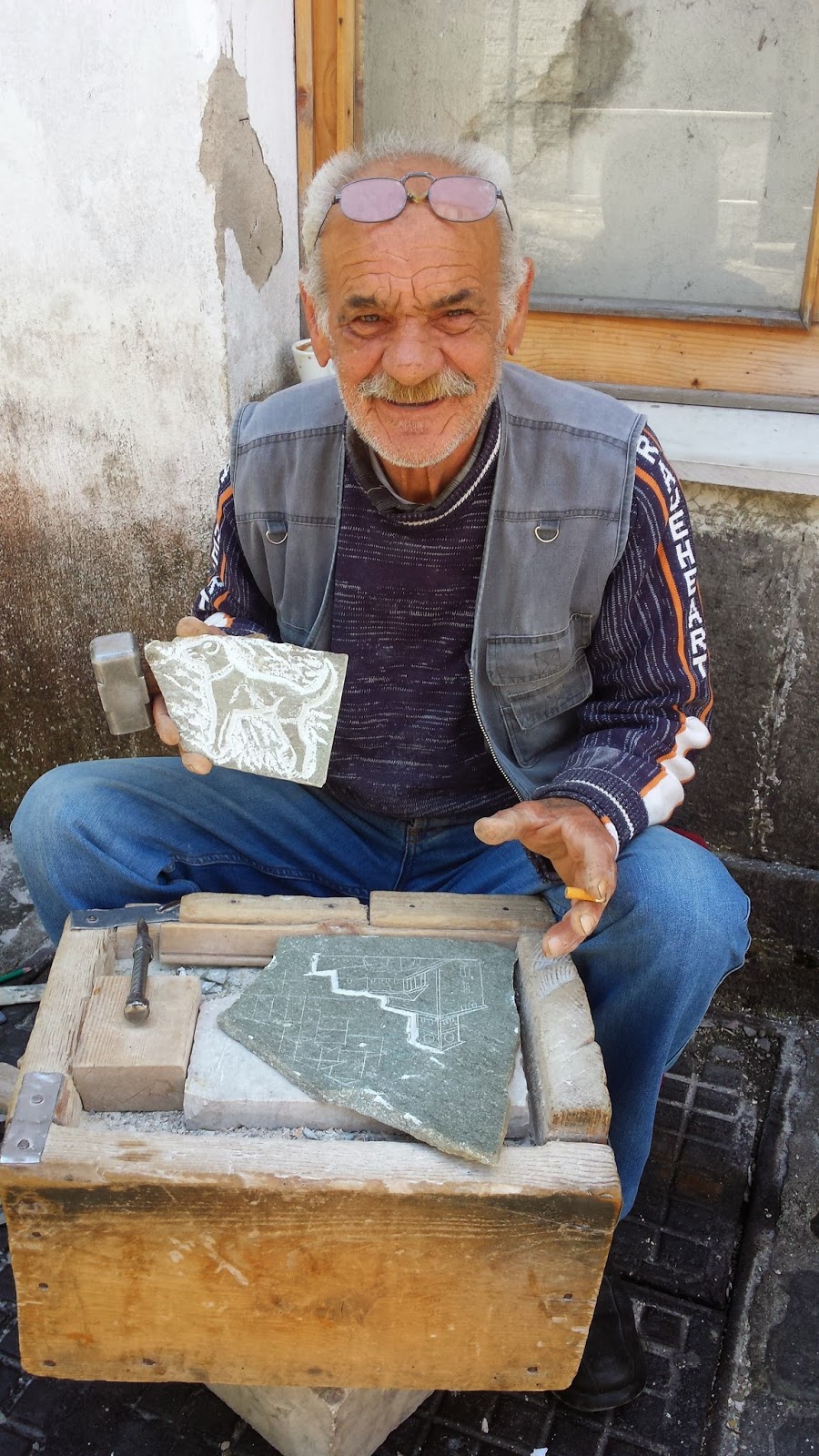Leaving Sciacca we headed further west along the mainland coast in near-perfect conditions until several miles later we spotted a nice sandy bay, partially protected by the breakwater of a nearby marina. It looked idyllic with people swimming in the calm water, the sun shining down on golden sand and a good anchoring depth of four metres. Then the sulfurous smell of sewage hit us – how can people swim in this?
Unfortunately Sicily has a huge litter problem ashore – on roadsides and beaches as well as a sewage problem at many harbours, marinas and beaches.
We moved on to anchor under the protection of the breakwater outside Mazara del Vallo harbour, where it was flat calm, the water was clear, everything smelled good and it was the first time we’d anchored in 11 days – unusual for us as we normally mostly anchor. I wasted no time in getting in the water to inspect under Envoy’s hull, clean the RHIB and clear our speedometer impeller which had gotten fouled with something. It was great to be “on the pick” again and we had a calmer night than we’d mostly had in marinas.
The Egadi Islands beckoned and we’d had enough of towns and marinas so bypassed Marsala, the home of Marsala dessert wine, to visit another time. Marsala’s name comes from when the Arabs conquered it in 830 AD and named it “Marsa Allah” – Port of God.
We were cruising in glorious conditions with smooth seas for the first time in many days. The weather seems unsettled and summer is later this year – in mid-June the daytime temperatures are only reaching low to mid 20s.
There are three main islands in the Egadi group, about five miles off Sicily’s north-west coast. We headed to the largest called Favignana, about five miles long and two miles wide, roughly the shape of a butterfly, and found a great spot on the southern side called Lido Burrone to anchor off. Here are several small sandy coves set in between a rocky coastline, with crystal-clear water. Although Envoy was the only cruising boat there, the beaches were busy with land-based locals and tourists.
Being used to New Zealand’s stunning beaches it’s difficult to get hugely excited by those in the Med, but these were much better than average with the plus of the imposing fortress of Santa Caterina looking down on us from 300 metres above.
Envoy at anchor with castle (barely visible) on hill behind
The fortress was originally built by Normans in the 11th century, re-built by the Aragonese (Spanish) at the end of the 14th century, and over the centuries mostly used as a prison.
From late afternoon until late next morning we had the area pretty much to ourselves until the tourists arrived. They don’t call Sicily “the windy island” for nothing, and the forecast showed southerly winds up to 32 knots, so we moved to anchor off the island’s main village – Favignana. The biggest problem in strong winds is other boats dragging their anchors so we anchored outside the harbour, well clear of a throng of a dozen yachts anchored closely together in shallow waters inside, deploying our flopper stoppers to combat wakes caused by numerous hydrofoils and ferries.
Hydrofoil zooming in to Favignana harbour passes close to Envoy
Favignana is an attractive village, albeit centered on tourism.
The deep waters and strong currents of the Egadi Islands have always been a breeding ground for tuna and for centuries different conquering countries have fished here. This culminated in the late 19th century when mainland entrepreneur Ignazio Florio bought the islands from the Spanish, developed a fleet of 90 fishing boats and built two canning factories. Then they grossly over-fished anchoring large nets between the islands catching 5,000-10,000 tonnes of tuna annually. In those days many weighed 200-300 kg, and some up to 500 kg. But sadly man’s greed depleted the fish and the industry closed down in the early 1980s, although there has recently been a revival in tuna fishing on a smaller scale. The canning factory is now a museum.
Over fishing of tuna caused the demise of the industry like elsewhere in the world
Favignana’s now-abandoned tuna canning factory
Open 18 metre wooden tuna fishing boat in museum
These derelict trawlers laid-up ashore will never taste salt water again
Initially we couldn’t find a place to leave our RHIB as the fishermen and locals jealously guard their spots, but found a supervised jetty where we could leave it for 10 Euros (NZ$16 ) per day with no security concerns, and obtain water in our plastic jerry cans. Mostly this was free but one day they asked for 15 Euros (NZ$23) for 220 litres. Another day it was only 5 Euros (NZ$8) for 150 litres.
Loading supplies at jetty costing 10 Euros to leave our RHIB
Huge pile of discarded anchors formerly used for tuna nets
In one of Favignana’s piazzas is a statue of Ignazio Florio, who controlled tuna fishing in the 19th century
He must have done alright as he lived in this mansion, now a tourist office
This great atmospheric shop offered a combination of delicatessen delights and local crafts
Favignana’s harbour has a great sandy beach
Envoy anchored with flopper stoppers to reduce the roll caused by ferry wakes
TECHNICAL Nothing to report (that’s great!)
ENVOY LOG As at 24/6/14, we’d spent 77 days aboard and cruised 681 miles for 126 engine hours.


.jpg)
.jpg)
.jpg)
.jpg)